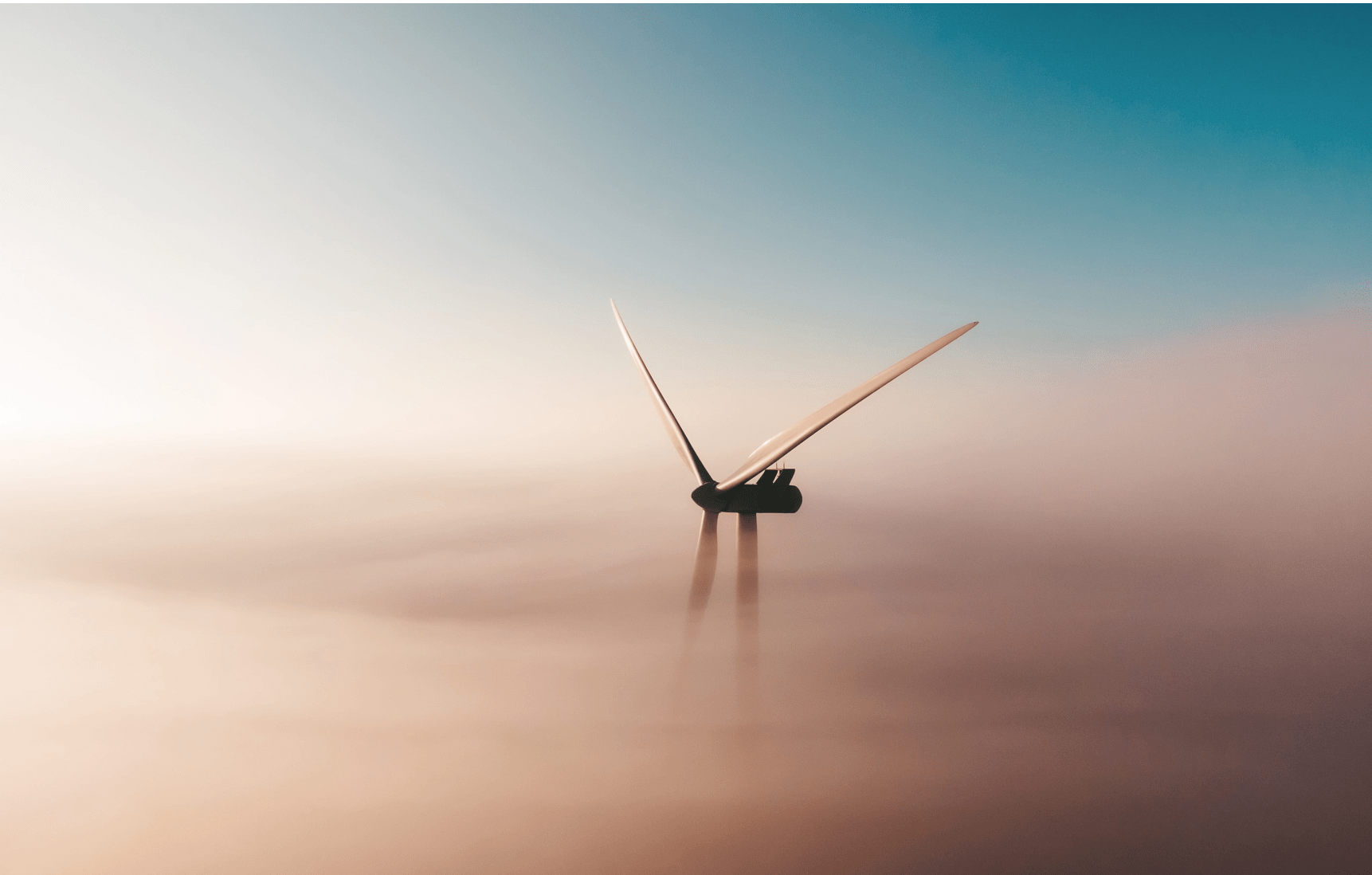A unique maritime adventure
At Heerema Marine Contractors, we do something new every day. With the world’s largest crane vessels, we transport, install and dismantle offshore wind platforms and ultra-heavy offshore platforms, taking to ever-deeper waters in increasingly isolated locations and amidst exceptional weather conditions. By joining our fleet or office, you can also play your part in our unique maritime adventure.
Your role in the story
As Second Marine Electricial Specialist you keep the vessel’s installations in optimal condition by detecting, repairing and reporting functional defects in electrical equipment and automation systems. You are a real trouble-shooter who can also guide and assist the machine room staff with maintenance tasks in the machine room and on deck. You will conduct condition-based monitoring in order to prevent equipment breakdowns and will carry out functional tests on safety and emergency stop systems. Furthermore you prepare job safety analyses and contribute to toolbox meetings.
Daily activities
As Second Marine Electrical Specialist, your daily activities are:
- Maintaining equipment and electrical systems according to the maintenance program in the machine room, on the bridge (DP computers and systems, satellite systems etc.) below deck in the accommodation (air conditioning, lifts), in the galley, on the cranes, diverse on-deck equipment (fork-lift trucks, offshore impact hammers etc.) and the safety and lifesaving equipment;
- Detecting, reporting and solving electrical malfunctions in systems, circuits and equipment;
- Guiding subcontractors with troubleshooting and carrying out repairs to electrical systems;
- Performing low voltage switching, electrical (de)isolation and overrides;
- Assisting during construction work by operating electrical systems and providing facilities;
- Giving input on the performance of electrical engineering staff such as new staff and trainees;
- Conducting Job Safety Analyses and Toolbox talks.
Who will you work with?
The electrical installations on board our crane vessels appeal to the imagination. They range from generators that supply a combined capacity of 96,000 kW (Sleipnir) − enough to supply a city with electricity − to the complexity of the Dynamic Positioning system. This system uses techniques including GPS to keep the ship in position and consists of several 5500 kW thrusters which can rotate 360 degrees. You provide guiding to new staff and trainees and you report to the Marine Electrical Specialist 1.

-3.jpg?width=915&name=DOB-DOT-FOX%20(1%20of%201)-3.jpg)
/linseys.jpg?width=720&name=linseys.jpg)


/People%20for%20job.jpg?width=600&name=People%20for%20job.jpg)